An Intriguing Rhythm: Who Belongs to Whom?
Dr. Smith's ECG Blog
JUNE 26, 2023
Figure-1: The initial ECG in today's case. ( To improve visualization — I've digitized the original ECG using PMcardio ). As I discuss in detail in My Comment at the bottom of the page in the May 24, 2020 post in Dr. Smith's ECG Blog — AV dissociation is not the same as AV block. How would YOU interpret this tracing?

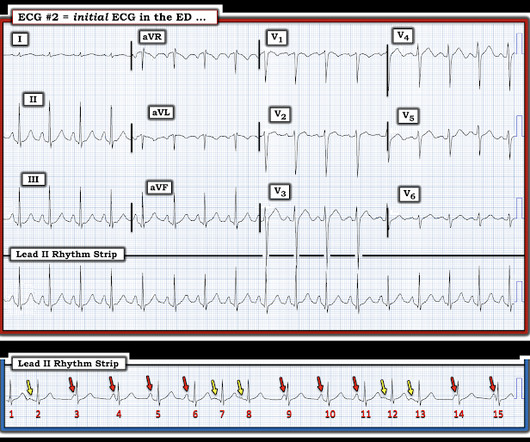




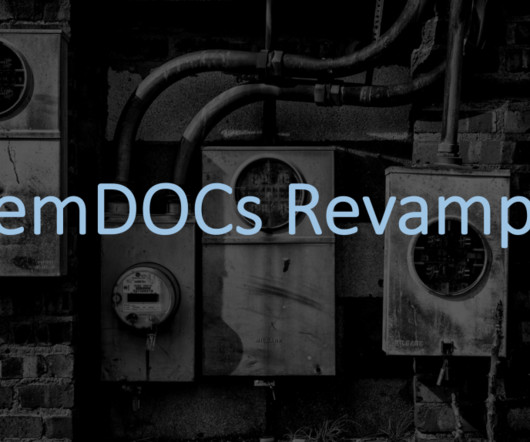
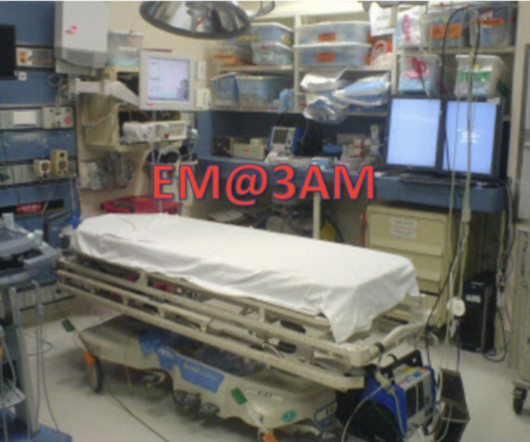


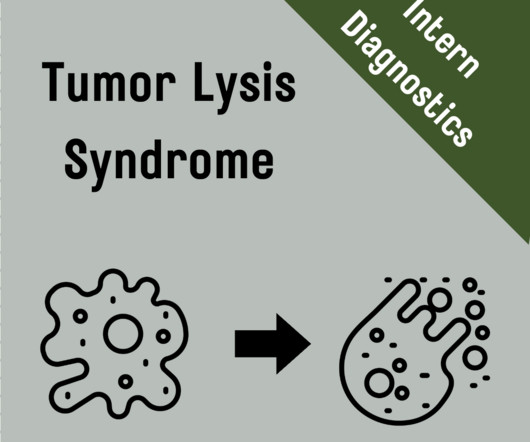

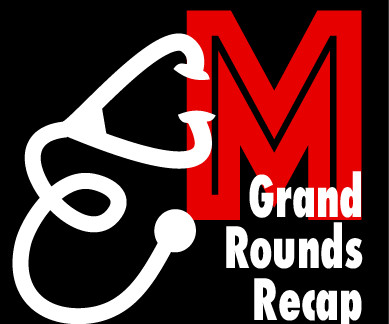







Let's personalize your content